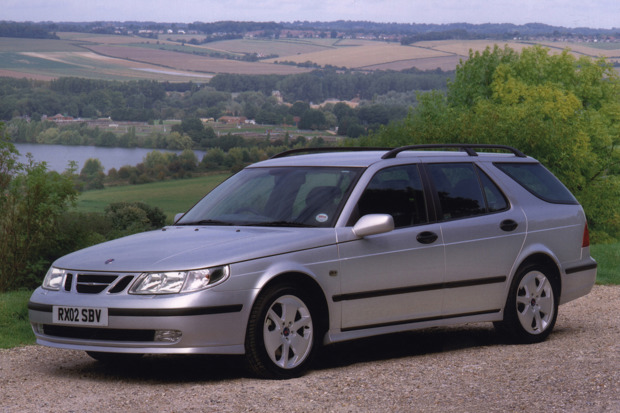Future Classic Friday: Saab 9-5

The Saab 9-5 is a great example of creating something good out of relatively average ingredients, because the chef is on a mission.
Built off the Vauxhall Vectra platform - not a great start - the 9-5 also didn't look massively different to the preceeding 9000.
It also offered a modest driving experience. The turbo models were undoubtedly fast, but in terms of handling the underpinnings betrayed their humble origins and key German rivals did it better.
However, time has helped opinions change. For one, this is one of the last proper Saabs and the engineering that went into it is paying off now, because they can handle big mileages well.
It also still looks great for a design that is now approaching 25 years old. Saabs have always looked a bit different to the crowd and whether it's a saloon or a wagon they stand out.
You also get the standard excellent Saab interior. Build quality is mostly good and the ergonomics are first-class - good seats, all the air vents you could possibly need and the world's greatest cupholder...
.jpg?width=620)
The Saab 9-5 was also the first Saab sold in the UK to get a diesel engine, starting out with a not-brilliant 2.2-litre GM unit but latterly the useful 1.9 CDTi and very handy 3.0-litre V6.
Then there were the petrols. The 2.0-litre turbo provided a more than sufficient 150PS, or 180PS in BioPower form if you can find one, but the regular 2.3T could be had with anything from 170PS to 220PS.
Aero models used the same engine but kicked out 230PS, 250PS or 260PS by the end of its run. Not bad for an engine that can trace its roots all the way back to 1981. 300PS is achievable, evidenced by the limited-run Aero Hirsch models.
Buying one is also less painful than you might expect. Service history is a must, because although reliable, oil sludging and ignition issues can cause big problems, so you'd want to be confident these have been taken care of.
Digital interior displays can fail over time too and although there are fixes and replacement parts out there they are increasingly harder to get hold of.
So what about money? Well, the first car we stumbled across had big miles (250,000) but one owner for the last 16 years. A 2.3 Aero HOT (High Output Turbo if that wasn't obvious), a wagon and £850 to you.
Even a more sensible option won't break the bank. We found a lovely 2.0T SE estate, family owned, full history and under 60,000 miles for £3000 that could last you a lifetime.
The 9-5 ticks our boxes because it's understated but quirky, not too rare and ultimately usable. There's also something right about preserving cars from a manufacturer that is sadly no longer around. Find a Saab for sale.
Is a Ford Mondeo ST220 a good investment?


